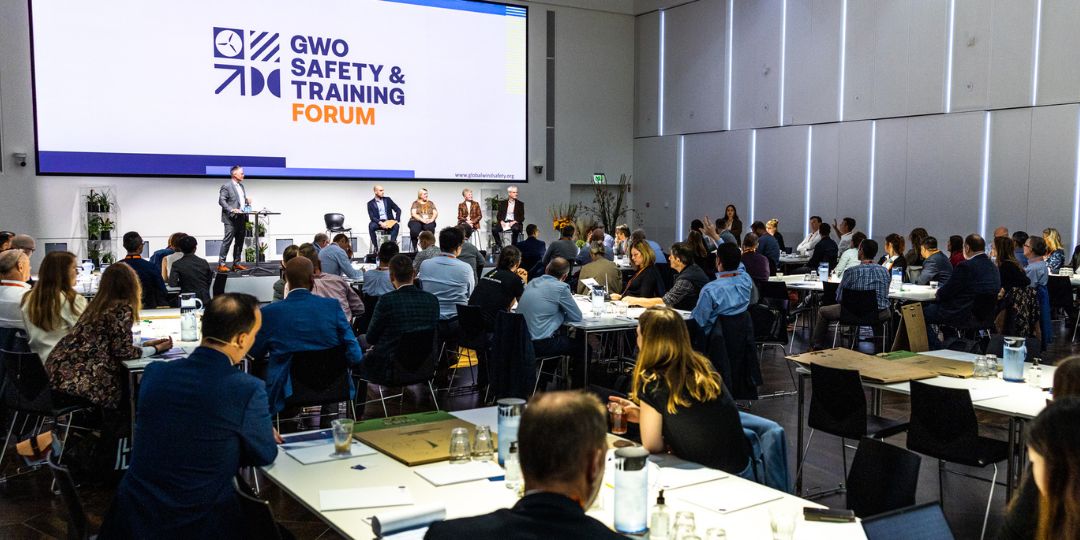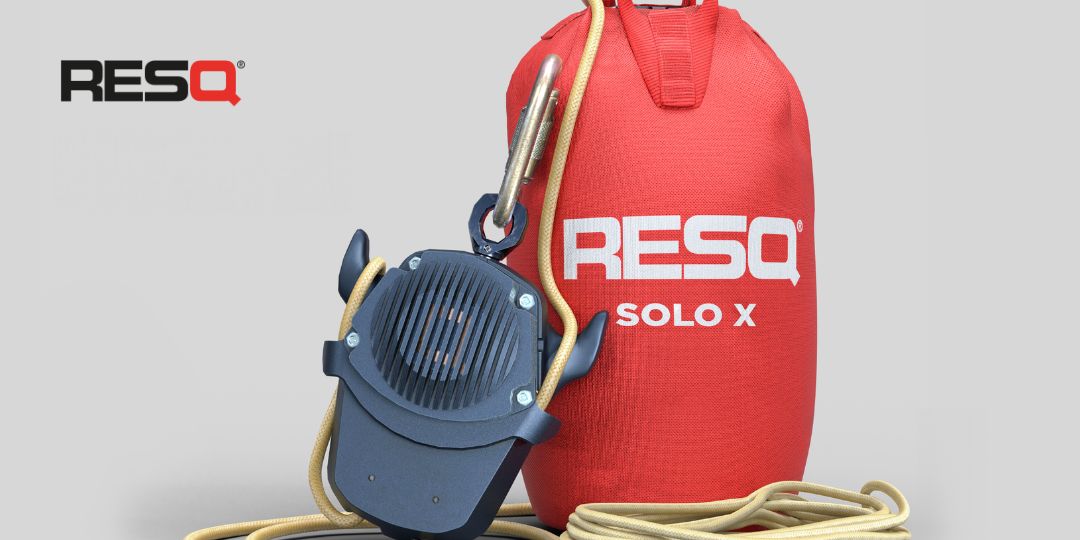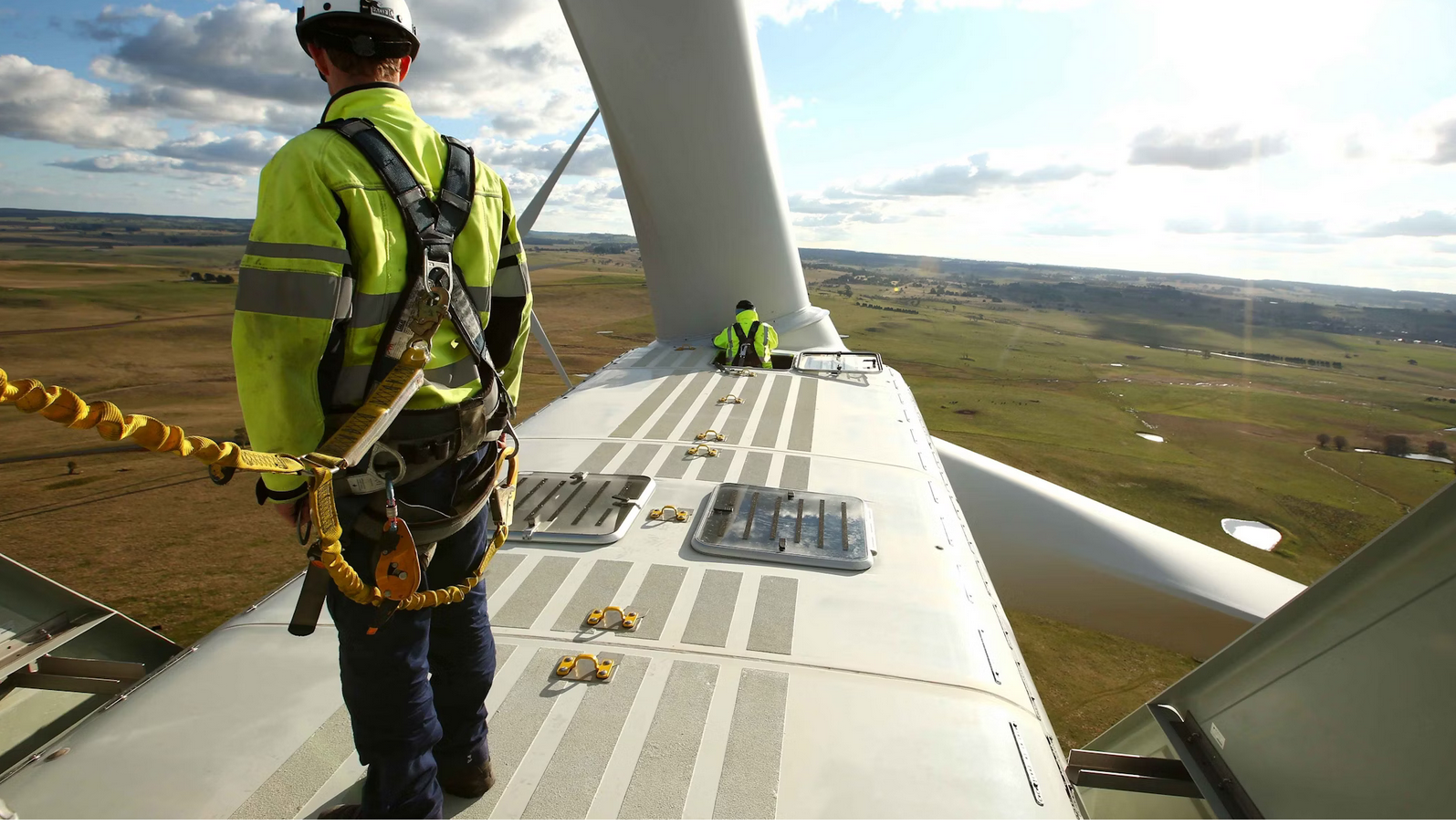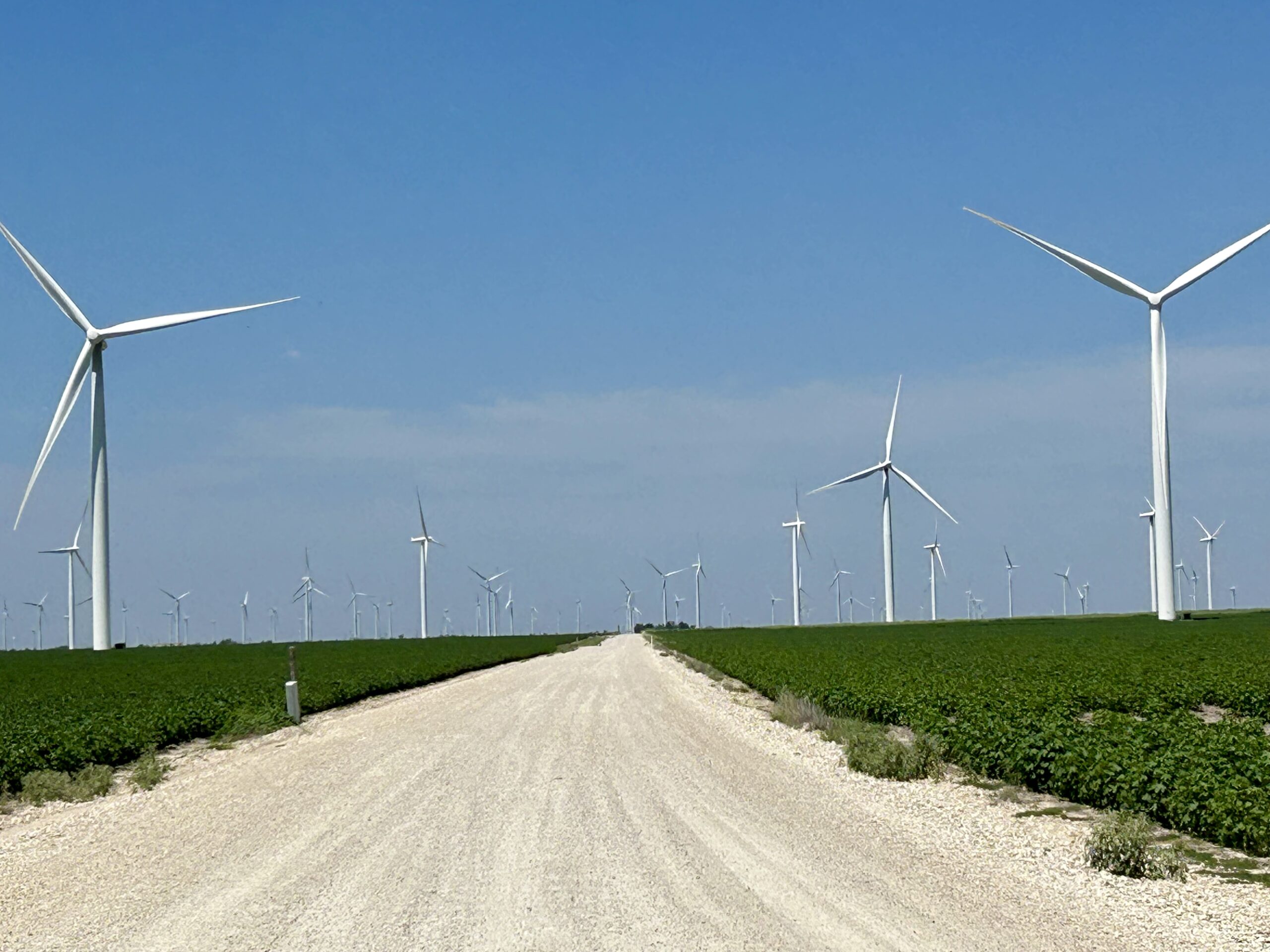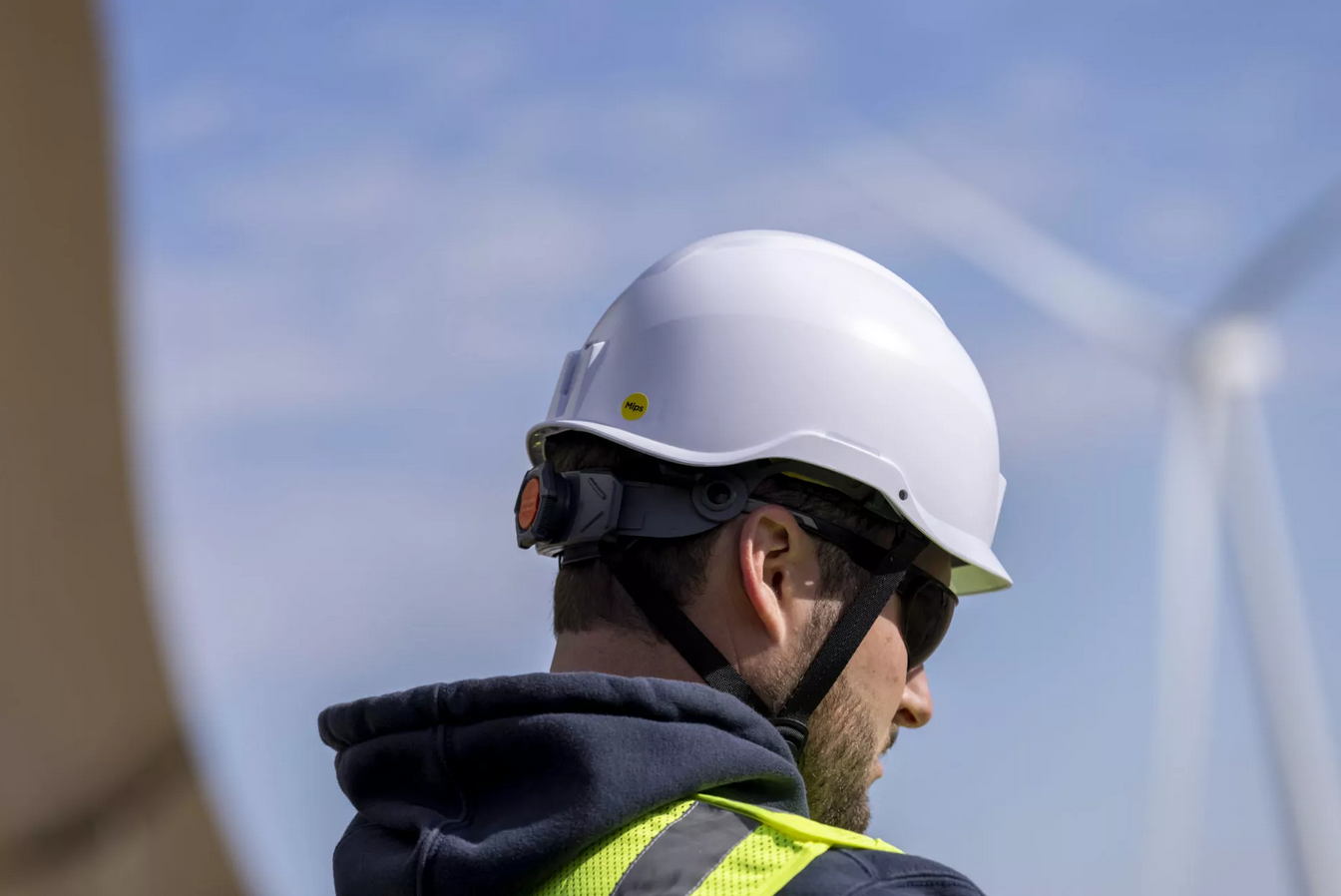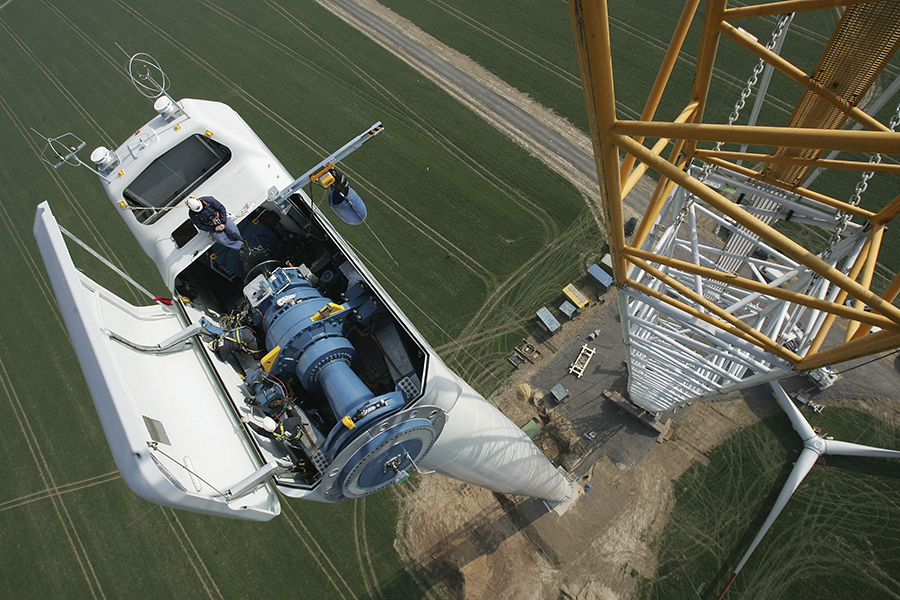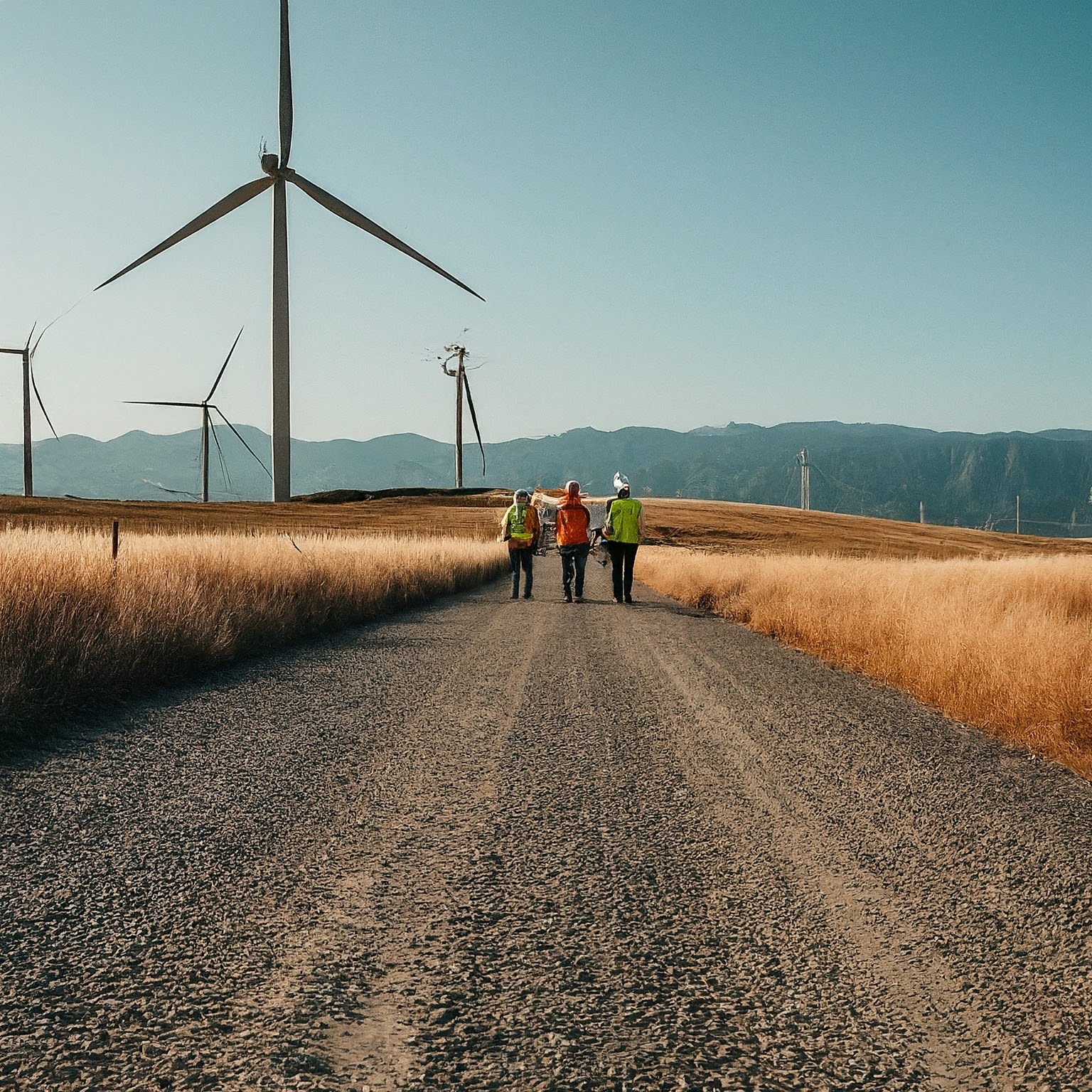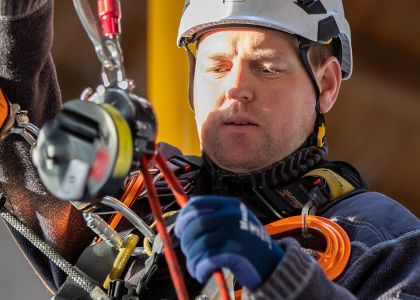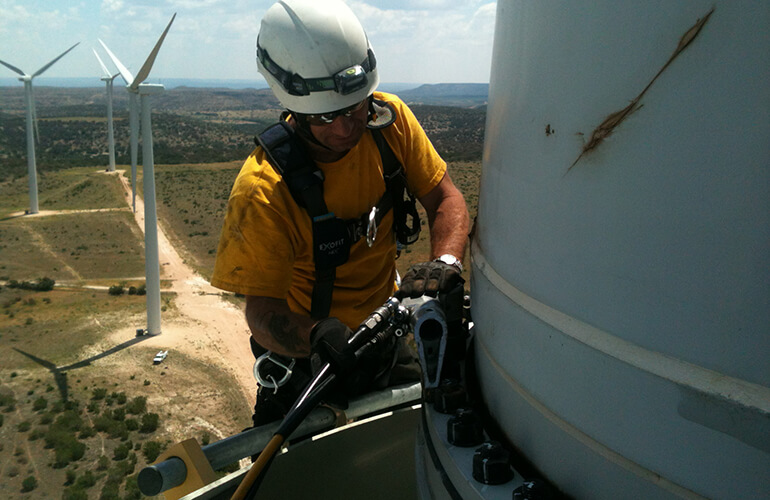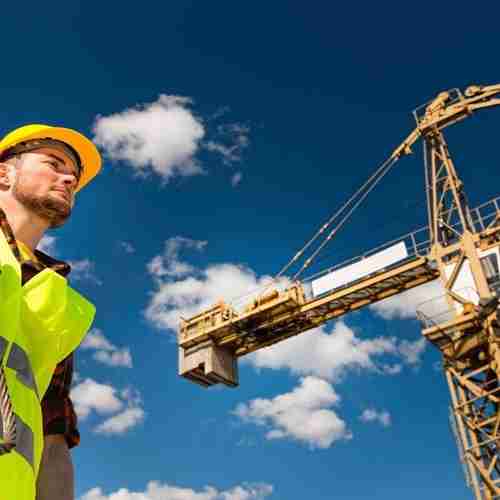See you in Orlando, October 7-9th?
The team at STL USA are super excited for this year’s GWO Training Forum. This year’s event takes place at the Renaissance Airport Hotel, Orlando 5445, Forbes Place, Orlando, from the 7th (welcome reception) to the 9th of October.
A lot is going on so here’s a summary of the key elements from STL USA’s perspective and what will be on our agenda this year.
Training Team of the Year
The STL USA team are delighted to have been shortlisted for Training Team of t the Year. This award recognizes outstanding work by GWO training providers, celebrating distinction in all aspects of training. Regardless of the outcome, the STL USA team are proud to be amongst such excellent companies in this year’s shortlist.
You can watch our submission for the awards, click here.
RESQ Solo X, grab a sneak peek at the GWO Forum welcome reception
Personal safety is due for an upgrade, it’s time to stop using outdated tech!
See Solo X at the GWO Training Forum reception on October 7th 5:30 pm> 7:30 pm
Renaissance Airport Hotel, Orlando
October sees the launch of the RESQ Solo X, a major leap forward in personal evacuation and rescue devices. The RESQ Solo X is the result of a close and collaborative partnership between Cresto Safety and Siemens Gamesa Renewable Energy.
RESQ Solo X was engineered to reduce both the weight and complexity of existing evacuation solutions, addressing two key challenges faced by wind professionals, key challenges not being fully met by the existing generation of manual devices.
RESQ’s and Siemens Gamesa’s shared focus was on crafting a device that technicians could trust and rely on. Poul Parning, Senior EQS PPE Specialist at SGRE, highlighted this priority: “We wanted a device that was lightweight, simple to use, and capable of meeting the demands of taller turbines. The Solo X does just that — it’s designed for a single person, so it’s as easy as connect and go.”
GWO Training Quality
STL USA takes prominent positions on training and safety committees at both GWO and ACP. STL USA was the first, and to date still the only, US training provider that can deliver instructor qualification training. This is all part of STL USA’s approach to lead on quality and standards. Working closely with GWO, STL USA is currently sponsoring an update to standards to reflect a more defined approach to working at height structures, the use of backups and various fall arrest to better align with best practices and local legislation.
Training quality is and always will be a primary focus for STL USA and we look to push this agenda at every opportunity.
Growing pains in the USA for GWO
GWO adoption has exploded in North America, but this has brought with it some growing pains. High on our agenda for this year’s forum will be to discuss solutions to these issues, namely:
- Lack of auditor availability
- Lack of auditor understanding of national, OSHA, regulations
- ALck of training provider understanding of OSHA regulations, particularly working at height
To conclude we are very excited for this years GWO Training Forum we can’t wait to see you there!
Interested in Solo X?
Click the button to learn more

